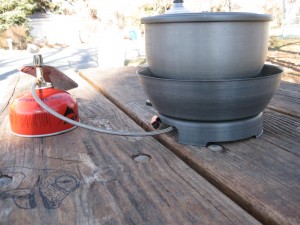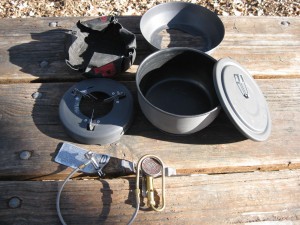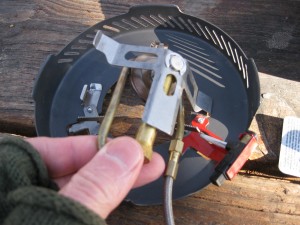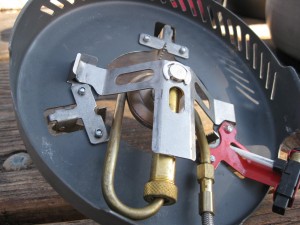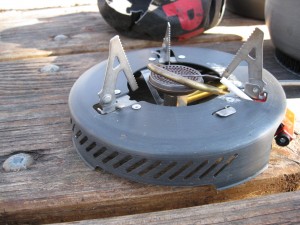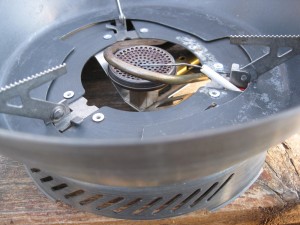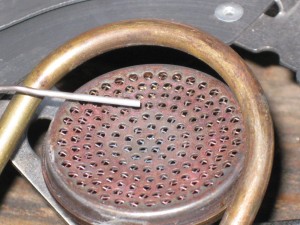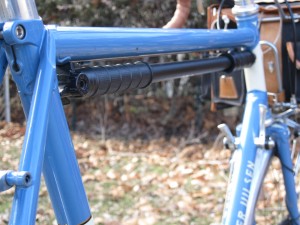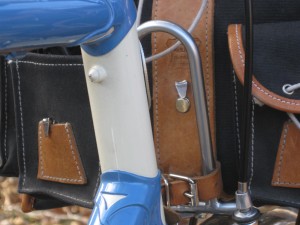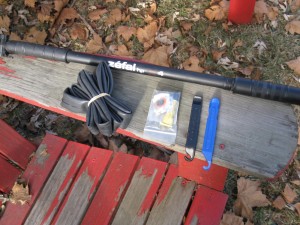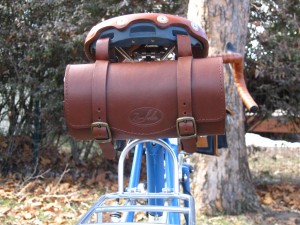“…now the sky is gettin’ light
everything will be alright
I think I finally got the knack
just floatin’ and lazin’ on my back
I never really liked that town
think I’ll ride the river down
just movin’ slow and floatin’ free
this river swingin’ under me
wavin’ back to folks on shore
I should have thought of this before
I’m goin’ on down to New Orleans
pick up on some swingin’ scenes
I know I’ll know a better day
goin’ down groovin’ all the way…”
Micky Dolenz, “Goin’ Down”
Yep, the bike hermit is goin’ on down to New Orleans. Since we are going to be in Austin for the North American Handmade Bicycle Show in February, I started to think about ways to take advantage of being in the south while Idaho emerges from the cold, wet winter months. That thinking has evolved into a bicycle tour from Austin to New Orleans. I will load Chief and journey out on section 5 of the Adventure Cycling Association‘s Southern Tier Route, from Navasota, TX to St. Francisville, LA., and from there down to the Big Easy. Since I am self-absorbed and delusional enough to think people I don’t even know might be interested, I have decided to document my daily planning and preparation tasks, the ride, the trip home and any epilogues.
A simple Google search will uncover a plethora of web pages with itemized lists of what other people take on a bicycle tour , and I think those lists are boring. So I won’t be doing that. Some people have created spreadsheets to plan their itineraries and to document the daily mileage, weather, lodging, food and probably bowel movements. I’m not going to do that either. I want to speak in more general terms about the process of conceiving, planning and executing this bike touring trip as I figure it out. About things that I find out and discover as I explore how to get from here to there by bicycle. The whole concept to me is about freedom. I’m free to ride my bike all day if I want. Indeed, I’m free to ride all night if I feel like it. I’m free to stop whenever and wherever I want. I can go as fast or as slow as I want. All this freedom within limits of course. I do need to complete the ride and come home on the designated day. But everything in between getting on the bike in Austin and getting off in New Orleans is going to unfold as it will. I am literally just along for the ride. And the beer.

